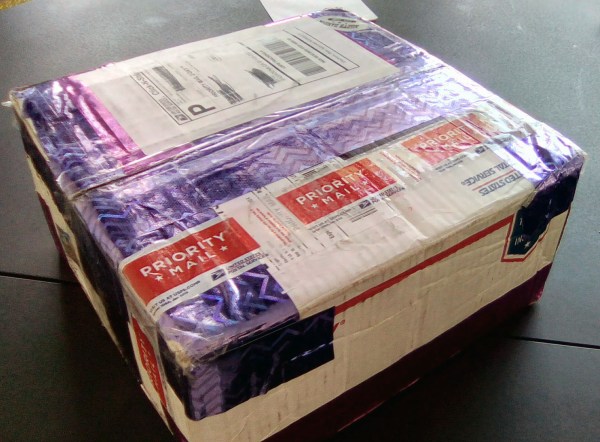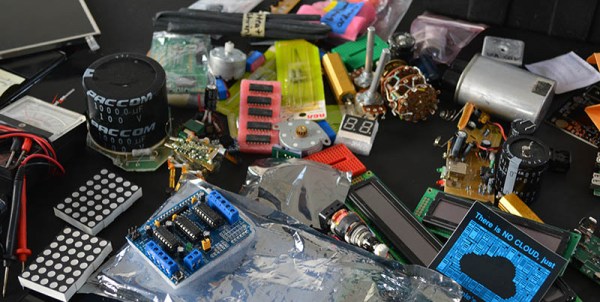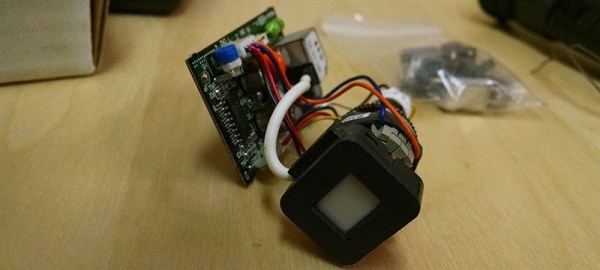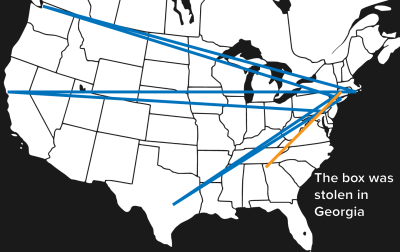We found the most boring man on the Internet! HTTP Status Code 418 — “I’m a teapot” — was introduced as an April Fools Joke in 1998. Everyone had a good laugh, and some frameworks even implemented it. Now, the most boring man on the Internet and chairman of the IETF HTTP working group is trying to get 418 removed from Node and Go. There is an argument to removing code 418 from pieces of software — it gums up the works, and given only 100 code points for a client error, with 30 of them already used, we don’t really have space for a joke. There’s a solution, though: someone has submitted a request to register 418 as ‘I’m a teapot’.
The Travelling Hacker box is a migratory box of random electronic junk. The box has traveled across the United States several times, and earlier this year it started across Canada — from Vancouver to St. Johns — to begin an International journey. The box is now missing, and I’m out. I’m turning this one over to the community. There are now several rogue boxes traveling the world, the first of which was sent from [Sophi] to [jlbrian7] and is now in Latvia with [Arsenijs]. The idea of the Travelling Hacker Box is now up to you — organize your own, and share random electronic crap.
Bluetooth 5 is here, or at least the spec is. It has longer range, more bandwidth, and advertising extensions.
Guess what’s on the review desk? The Monoprice Mini Delta! If you have any questions you’d like answered about this tiny, very inexpensive printer, put them in the comments. I only have some first impressions, but so far, it looks like extending the rails (to make a taller printer) is more difficult than it’s worth. That’s not to say it’s impossible, but with the effort required, I could just print another printer.
Interested in PCB art? [Drew] found someone doing halftone art with PCBs. This is a step up from nickels.
Indiana University is getting rid of some very, very cool stuff in a government auction. This device is listed as a ‘gantry’, but that’s certainly not what it is. There have been suggestions that these devices are a flight sim, but that doesn’t sit quite right either. It’s several thousand pounds of metal, with the minimum bid of $2.00 at the time of this writing. Any guesses on what this actually is?




















